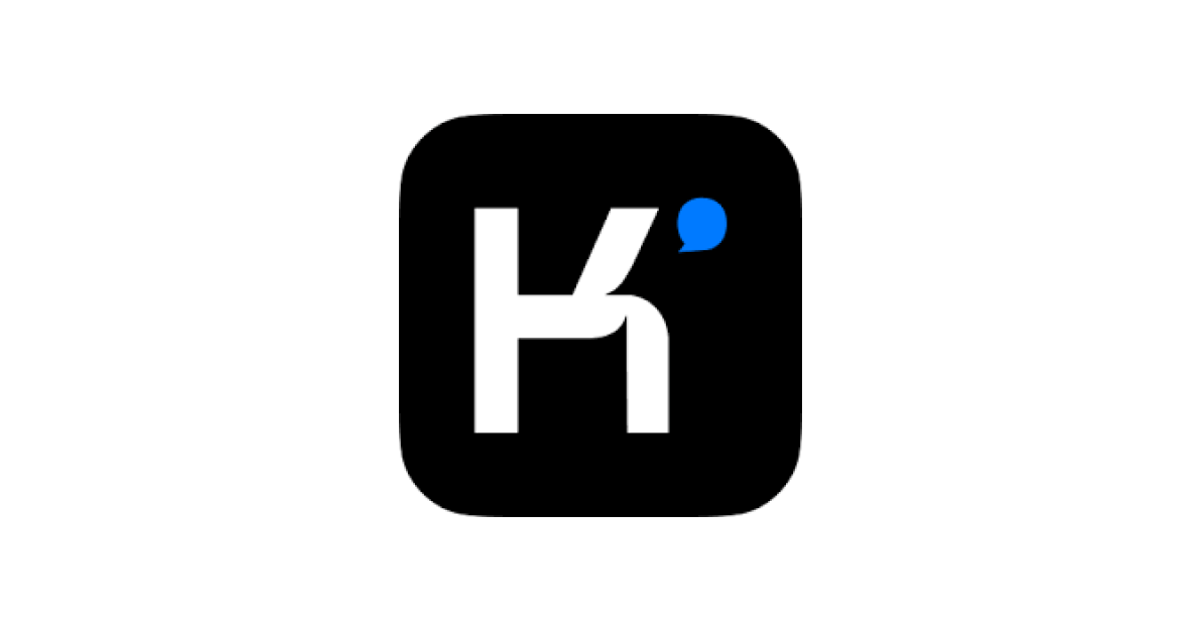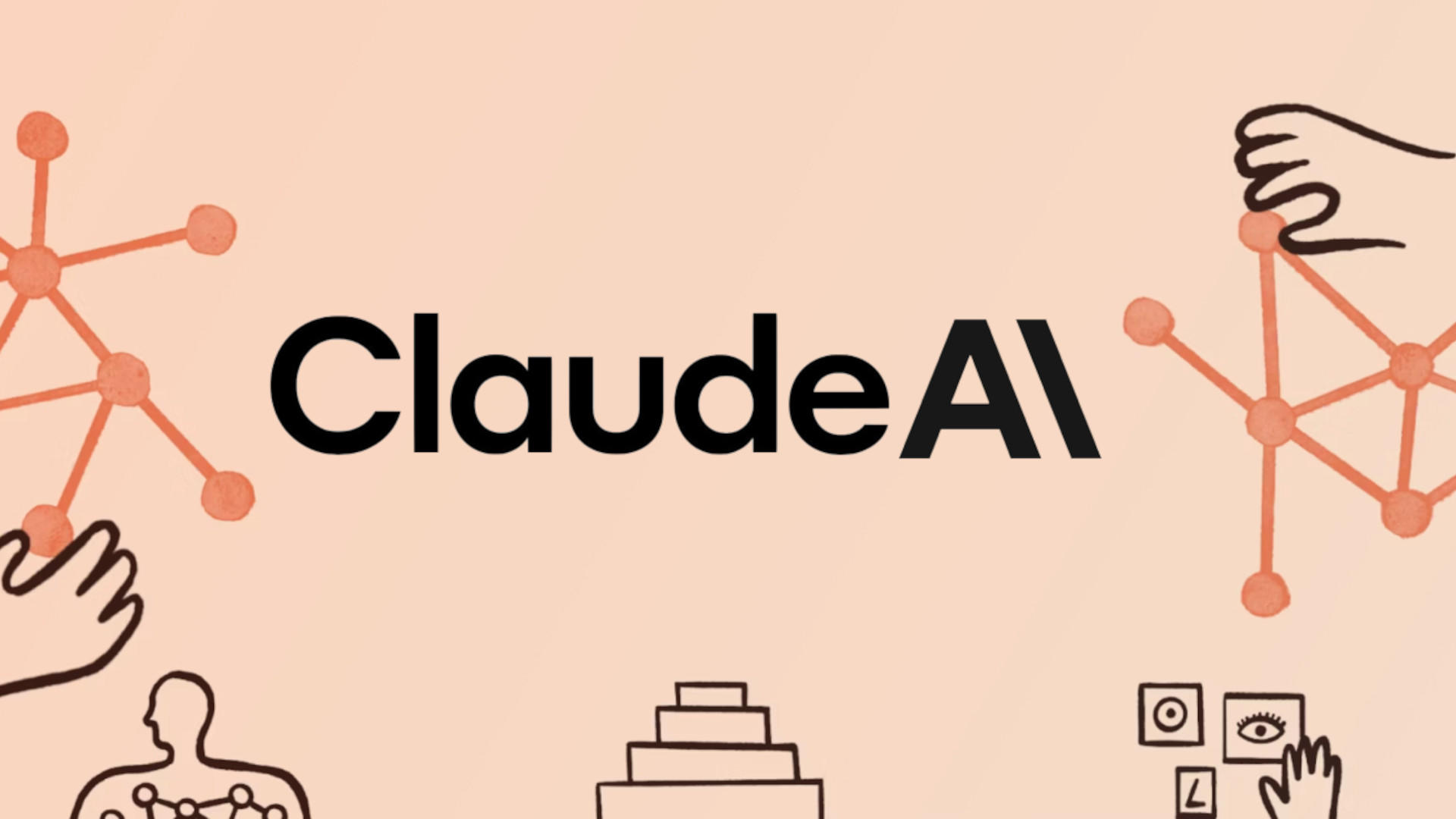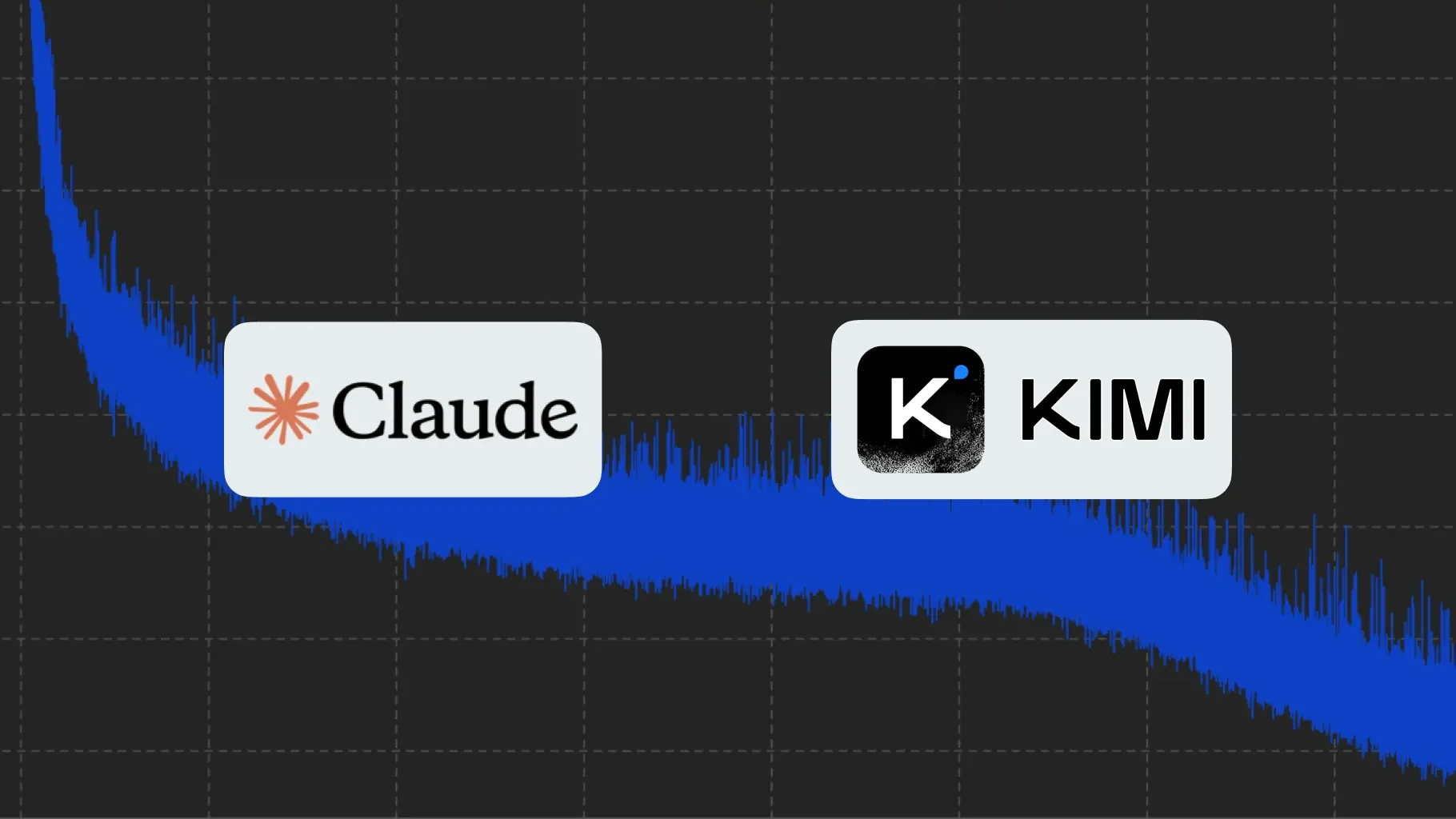Reframing AI with Kimi & Claude
Introduction
In a world obsessed with speed, hot takes, and viral AI outputs, thoughtful reasoning often takes a back seat. Grok xAI, Elon Musk’s rebellious entrant into the model wars, drew attention for its social data integration and bold personality. But as we outlined in our earlier Grok breakdown, style alone can’t substitute for structured thinking.
Enter two alternatives focused not on flair but on function: Kimi by Moonshotand Claude by Anthropic. These models aren’t designed to out-joke the internet. They’re built to understand it deeply. They prioritize consistent reasoning, long-term context, and safe collaboration, making them ideal for teams that care about accuracy, alignment, and reliability.

Get the Mobile Testing Playbook Used by 800+ QA Teams
Discover 50+ battle-tested strategies to catch critical bugs before production and ship 5-star apps faster.
From Flash to Foundation: What Kimi AI and Claude Are Built For
Modern teams, from researchers to developers to QA leads, don’t just want fast answers. They want accurate, explainable, and context-aware responses. That’s where real-time AI like Grok starts to show its limits.
Also Read: Our recent breakdown of Grok’s strengths and flaws,
While Grok xAI is wired for cultural awareness, Kimi and Claude are designed for long-form technical reasoning. They shine in tasks like document parsing, structured testing, knowledge summarization, and QA automation, where logical consistency matters more than first-mover speed.
At Quash, we face these challenges daily. Our platform generates test cases from PRDs, Figma files, and repo diffs, all of which require AI in testing to go beyond reactive outputs. We need tools that handle long contexts, track variables, and collaborate like a senior engineer would. That’s why the architectural DNA of Kimi AI resonates with us.

Kimi AI by Moonshot: Long-Context, Low-Noise Intelligence
Kimi, built by Chinese startup Moonshot AI, is redefining what it means to reason at scale. With a focus on coherence over charisma, it is quickly gaining traction across research and engineering teams in Asia and beyond.
What Makes Kimi AI Stand Out
➤ Extremely Long Context Handling
Kimi supports over 200,000 characters per prompt blowing past GPT-4's 32,000 token window. You can feed it full technical specs, multi-file codebases, and entire policy documents. This makes it an invaluable ally for QA test suite coverage, compliance analysis, and legal summarization.
➤ Lower Hallucination Rates
Compared to legacy models and Grok xAI, Kimi AI delivers 30–40% fewer factual errors, especially on structured tasks. For teams validating critical test cases or automating complex workflows, this reliability is gold.
➤ Developer-First Design
More than 12,000 developers now use Kimi AI for use cases like code audits, research analysis, and multi-doc summarization. Its adoption across Southeast Asia is growing rapidly.
➤ Model Stability in Deep Flows
Whether you're referencing an earlier paragraph or correlating two parts of a spreadsheet, Kimi AI maintains coherence. It’s like a QA analyst who remembers all previous builds — a must-have for complex workflows.
At Quash, our test generation engine thinks the way Kimi AI does: methodical, contextual, and built for precision. When we analyze a mobile app’s PRD and Figma flow, we’re not just matching buttons to steps, we’re deriving structured testing logic that works across versions and devices.

Claude AI by Anthropic: Collaboration and Constitutional Safety
While Kimi excels in deep knowledge reasoning, Claude is built for instructional accuracy, safe interaction, and long-term use in enterprise environments.
Claude’s Unique Strengths
➤ Instructional Precision
In Anthropic’s benchmarks, Claude 3 outperformed GPT-4 on 72% of structured prompt-following tasks, especially in logic chains, scenario analysis, and table parsing, all vital for QA automation.
➤ Persistent Memory
Claude can remember preferences, goals, and context across sessions, a game-changer for teams running multi-sprint QA pipelines.
➤ Enterprise-Ready
With customers like Notion and DuckDuckGo, Claude AI powers use cases where tone, low error rates, and explainability are essential. It’s designed for trust, especially in regulated sectors.
➤ Constitutional AI
Thanks to its unique "Constitutional AI" approach, Claude often explains why it chose a path, making it easier to debug or review. It behaves like a seasoned test lead: cautious, complete, and transparent.
Real-Time AI vs. Reasoned-Time AI: The Tradeoffs
Grok xAI made real-time inference exciting, but also error-prone. In internal tests, Grok’s
In contrast, both Kimi AI and Claude perform with error rates under 10% on structured logic tasks. More importantly, they provide explanations, a must for use cases like QA where reproducibility and structured testing are paramount.
At Quash, we’ve found that reasoned-time AI, built on deep context and scoped deltas, generates 60–70% fewer false positives and cuts test creation time by 65%. Whether you're validating login flows or scaling across device matrices, structured beats spontaneous.
Where Each AI Model Excels
Use Case | Best Model |
Social trends, meme generation | Grok xAI |
Multi-doc summarization, legal docs | Kimi AI |
Multi-sprint QA, team collaboration | Claude AI |
Each of these tools solves a different problem. But when it comes to intelligent test automation, we believe that models like Kimi and Claude offer the structured intelligence needed for high-stakes QA.
Why This Matters for Modern QA Teams
In mobile app testing, flaky tests and noisy results kill confidence. Product teams need test logic that understands the app, its flows, and its edge cases, not just what the developer wrote last sprint.
At Quash, we’ve built an AI-powered QA platform that learns your flows, understands feature intent, and generates tests that adapt to changes across builds and devices.
Teams using Quash have achieved:
70–80% automation coverage in under two months
2x QA throughput with the same headcount
30–50% fewer production bugs
Test case creation time cut by 65%
Structured AI. Not reactive AI.
Looking Ahead: Smarter QA Starts Here
The narrative around AI in testing is shifting. It’s not about replacing testers or adding flashy dashboards. It’s about better reasoning, faster validation, and more reliable shipping.
Grok made AI feel fast. Kimi AI and Claude make it feel useful.
And Quash makes it work, right inside your mobile testing pipeline.
Ready to upgrade your QA strategy? Request a demo and see how structured AI transforms your app testing lifecycle.





